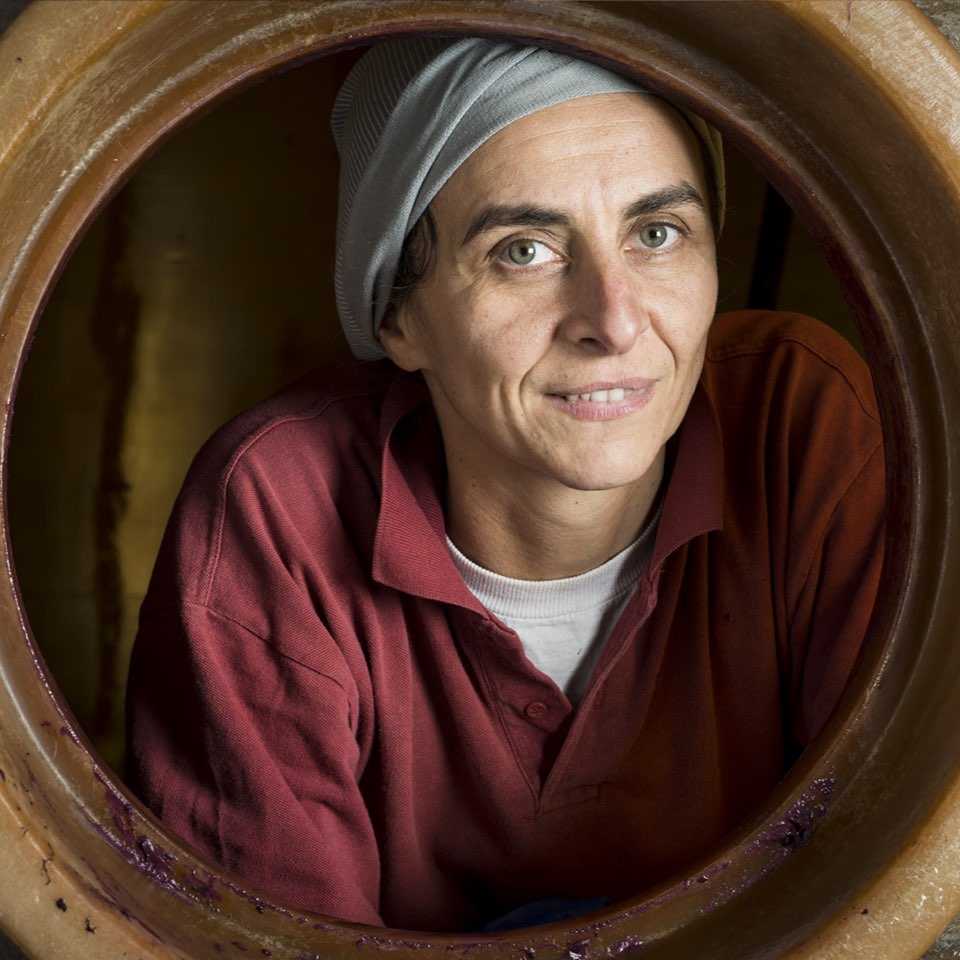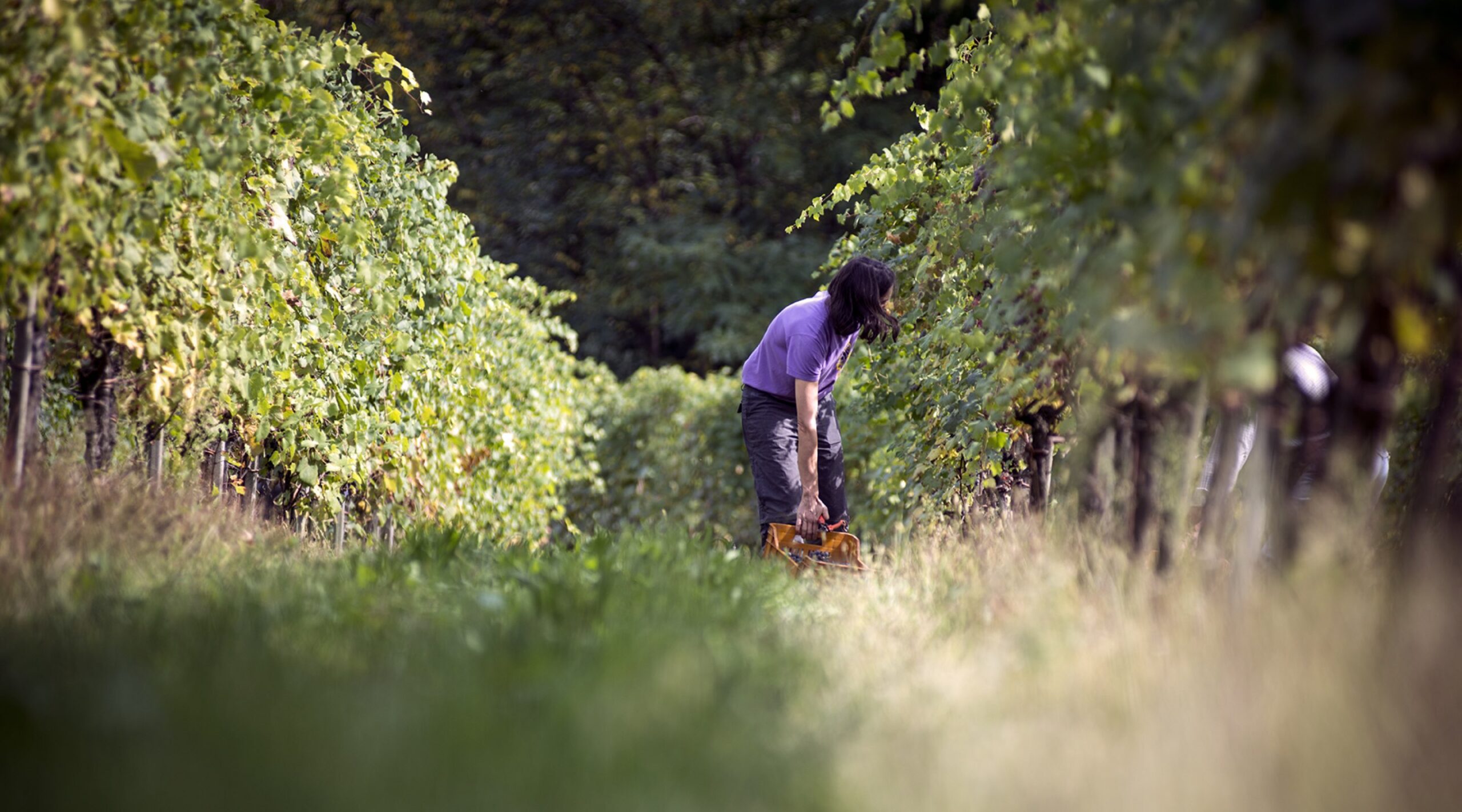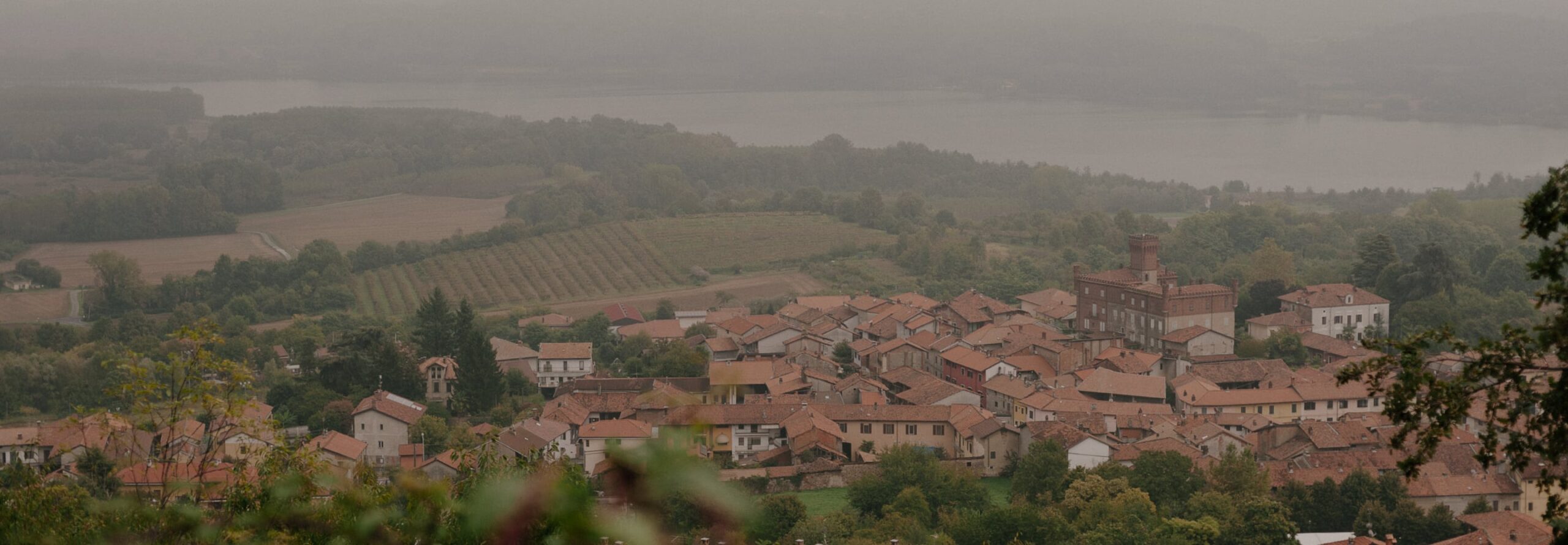Following in the path of their father, Ermanno Conti, the Conti sisters (Elena, Anna & Paola) represent the second generation to tend the family’s single hectare in the Boca DOC, which is comprised of two hillside parcels, planted by Ermanno in 1971. The Conti family rigorously applies organic standards to their farming, does a manual harvest and continues to apply the same philosophy to the work in the cellar. Indigenous yeasts are used in fermentation and little to no sulphur is applied during the elevage and at bottling. In fact, several experimenal cuvees are bottled entirely without the appication of sulphur.
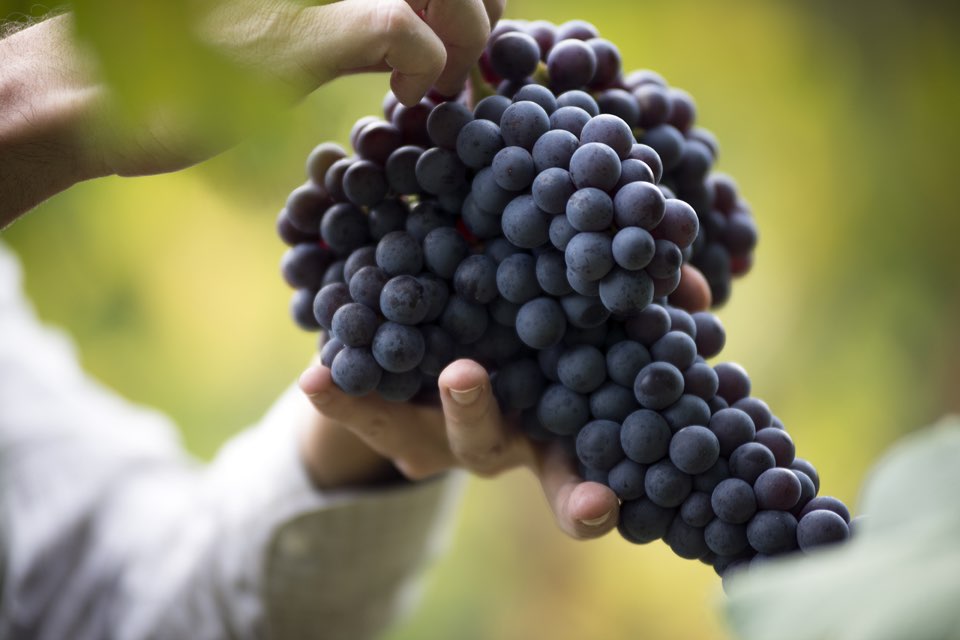
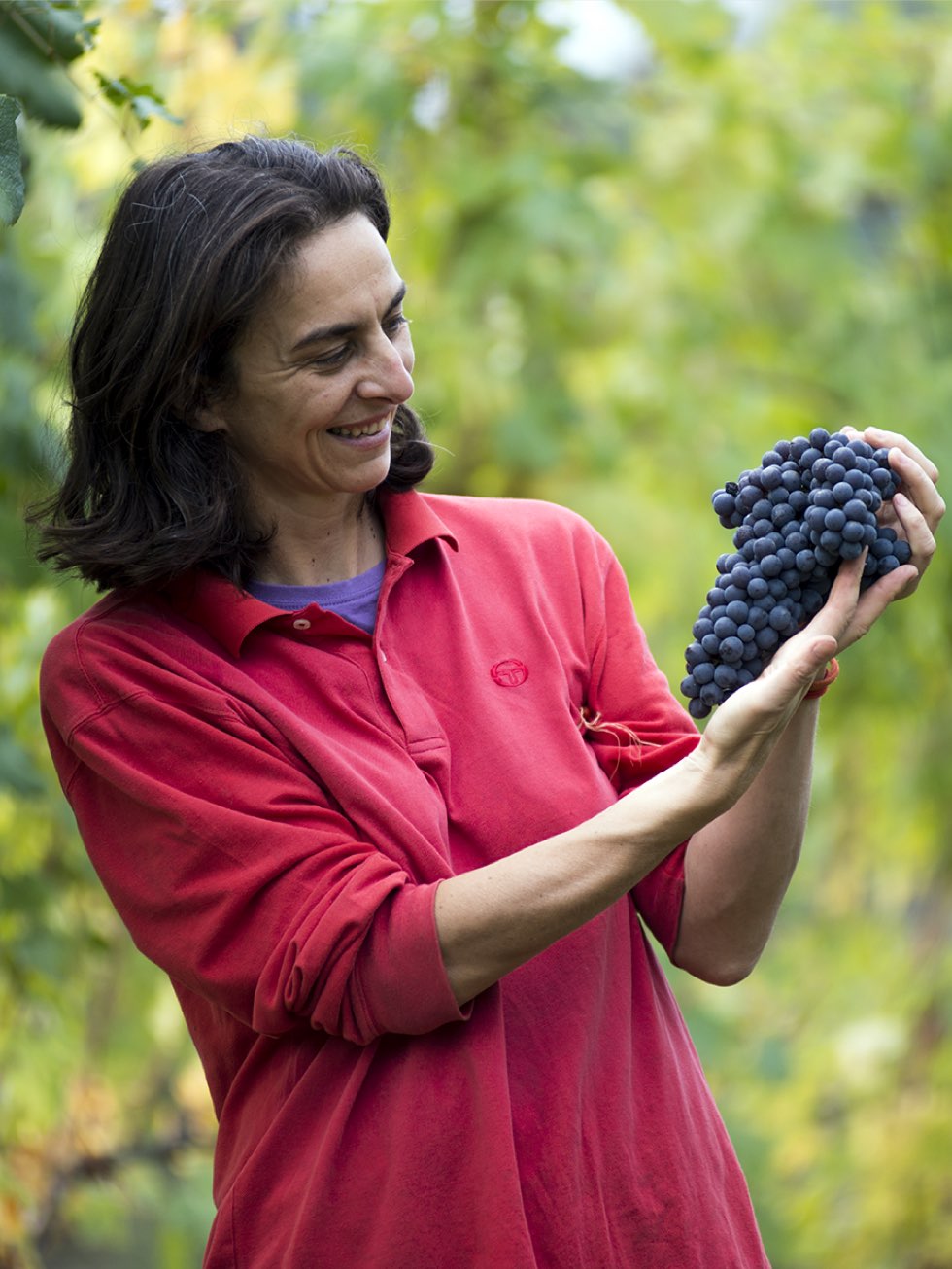
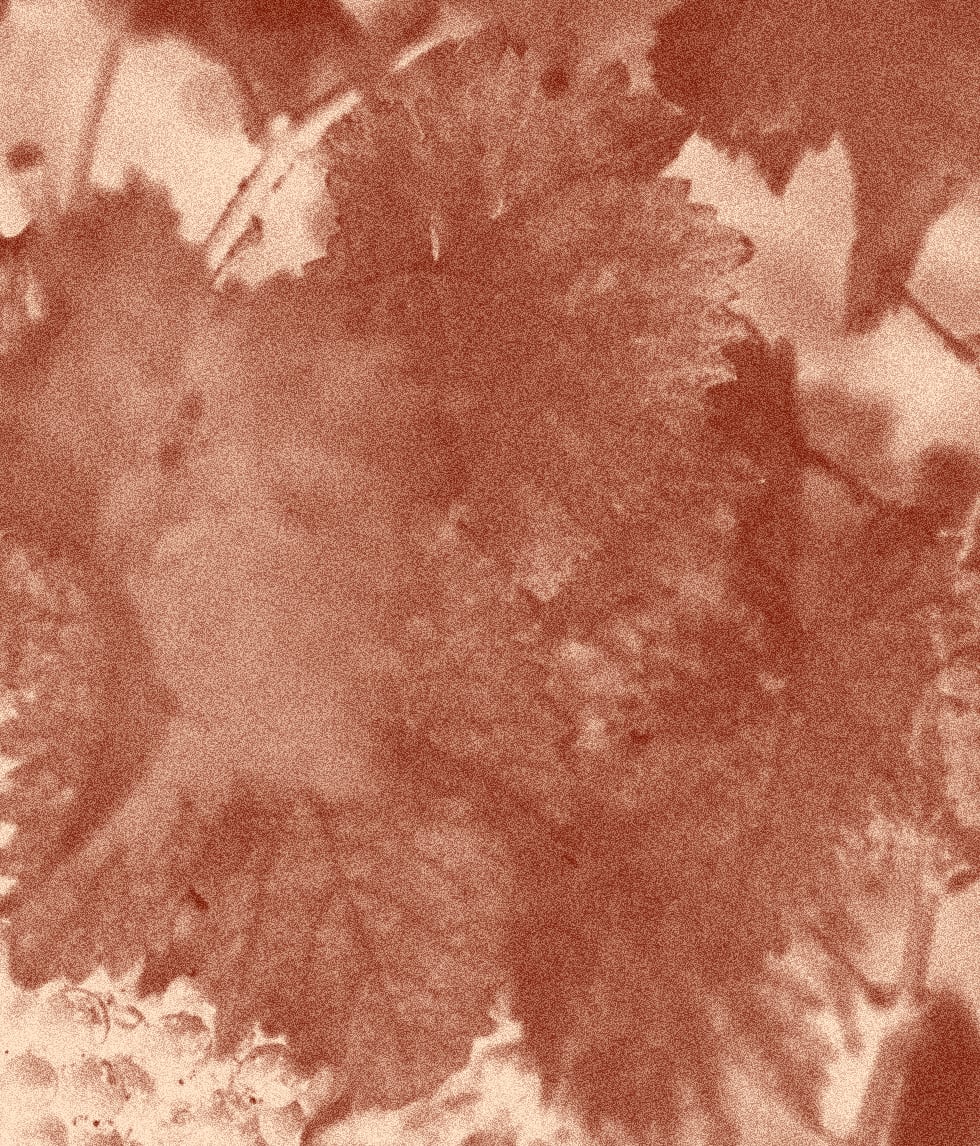
The Conti family rigorously applies organic standards to their farming, does a manual harvest and continues to apply the same philosophy to the work in the cellar.
Farming
Practicing Organic
Treatments
Copper and sulfur only, with no synthetic treatments since 2008. Herbicides have never been used on the property.
Ploughing
Annual ploughing to maintain vineyard health
Soils
Volcanic porphyry, iron-rich limestone-clay, quartz, and sand
Vines
35-40 years old, trained in Guyot or Maggiorina, and planted at c. 3,000 vines/ha (Boca planted 1973 and 2015.)
Yields
Controlled through pruning and debudding, yields average 50 hl/ha
Harvest
Entirely manual, usually in early October
PURCHASING
Entirely estate fruit
Fermentation
Following total destemming, wines ferment spontaneously in 17-50-hl stainless-steel tanks and open-top tini. Cuvaison lasts 20-23 days
Extraction
Wines see punchdowns during cuvaison
Chaptalization
None
Pressing
Vertical basket press
Malolactic Fermentation
Spontaneous, directly following alcoholic fermentation
Élevage
Boca sees 36 months in 5-8 hl Slavonian oak botti. Spanna sees 24 months. Origini sees 12 months in stainless-steel tanks.
LEES
Wines remain on their fine lees until assemblage prior to bottling.
FINING & FILTRATION
Wines are unfined and see plate filtration.
SULFUR
Applied at racking and at bottling, with 40-50 mg/l total sulfur.
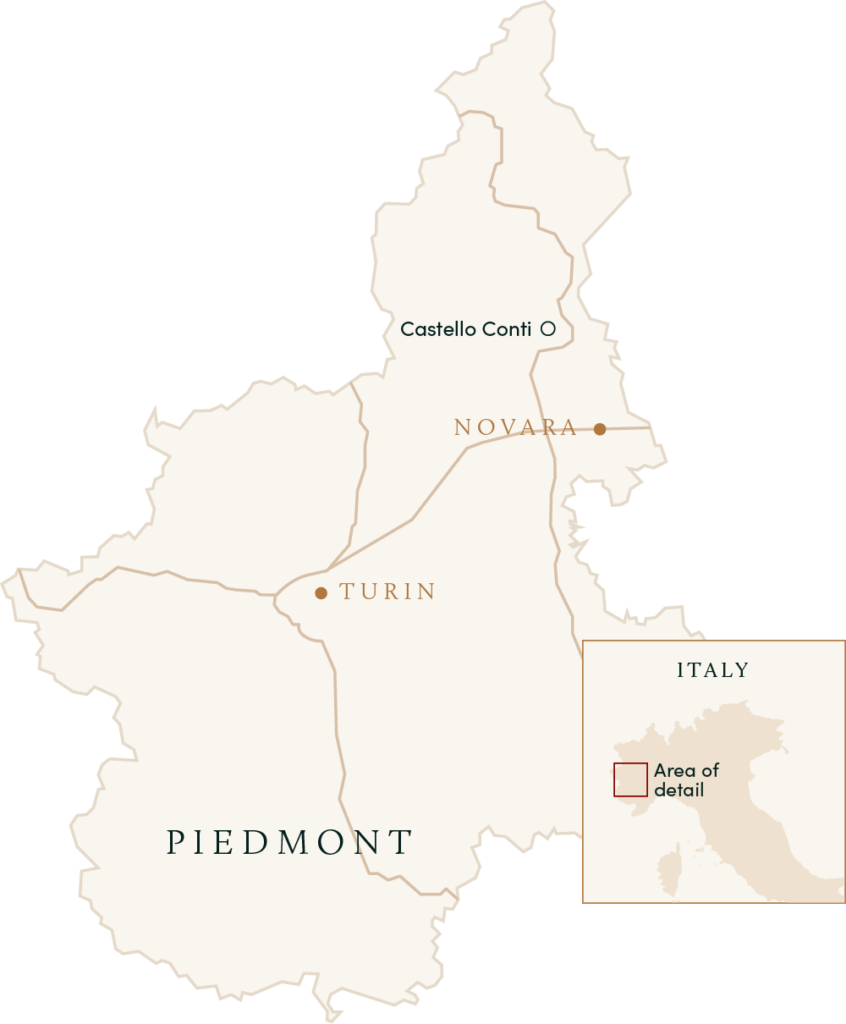
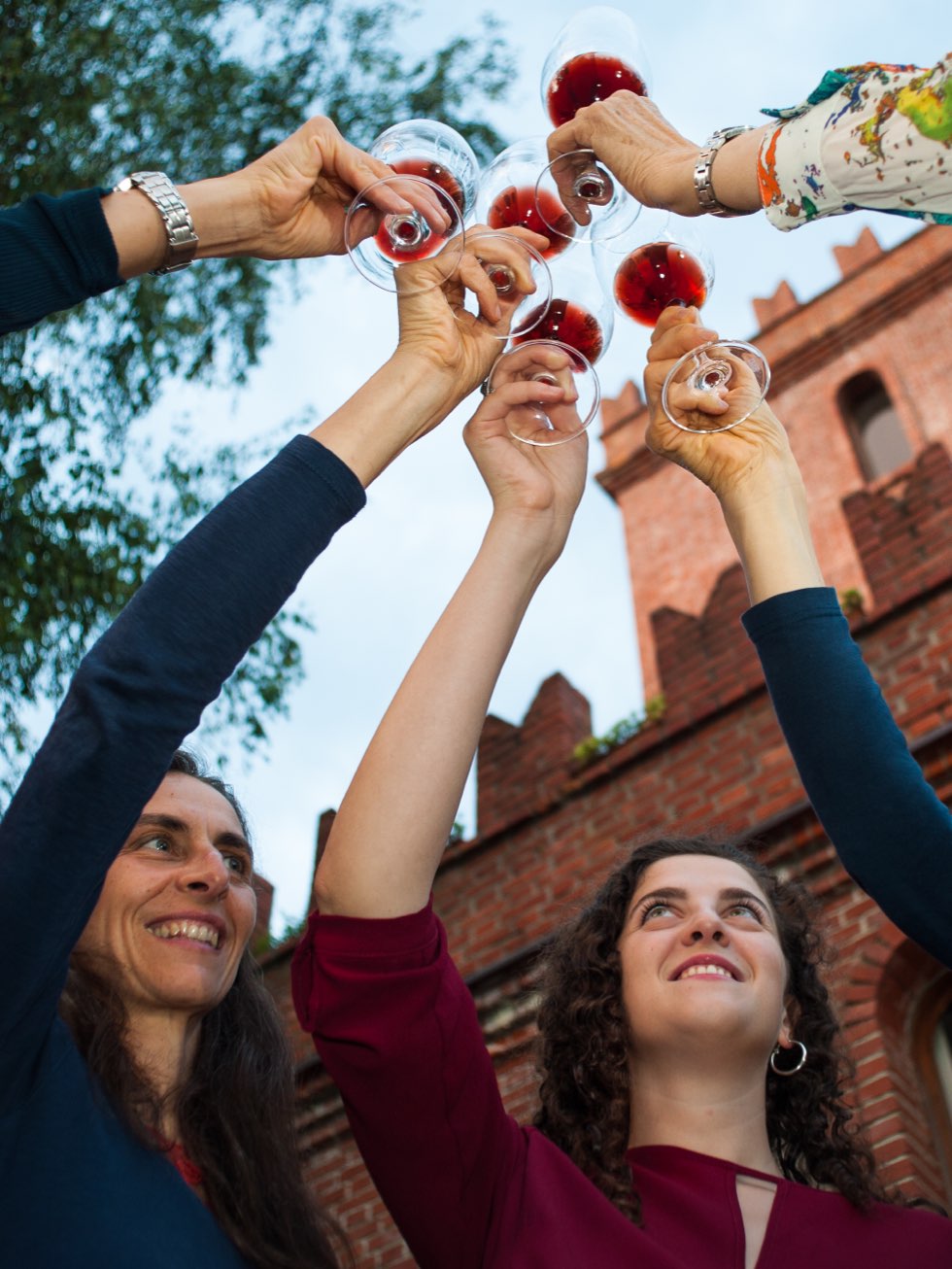
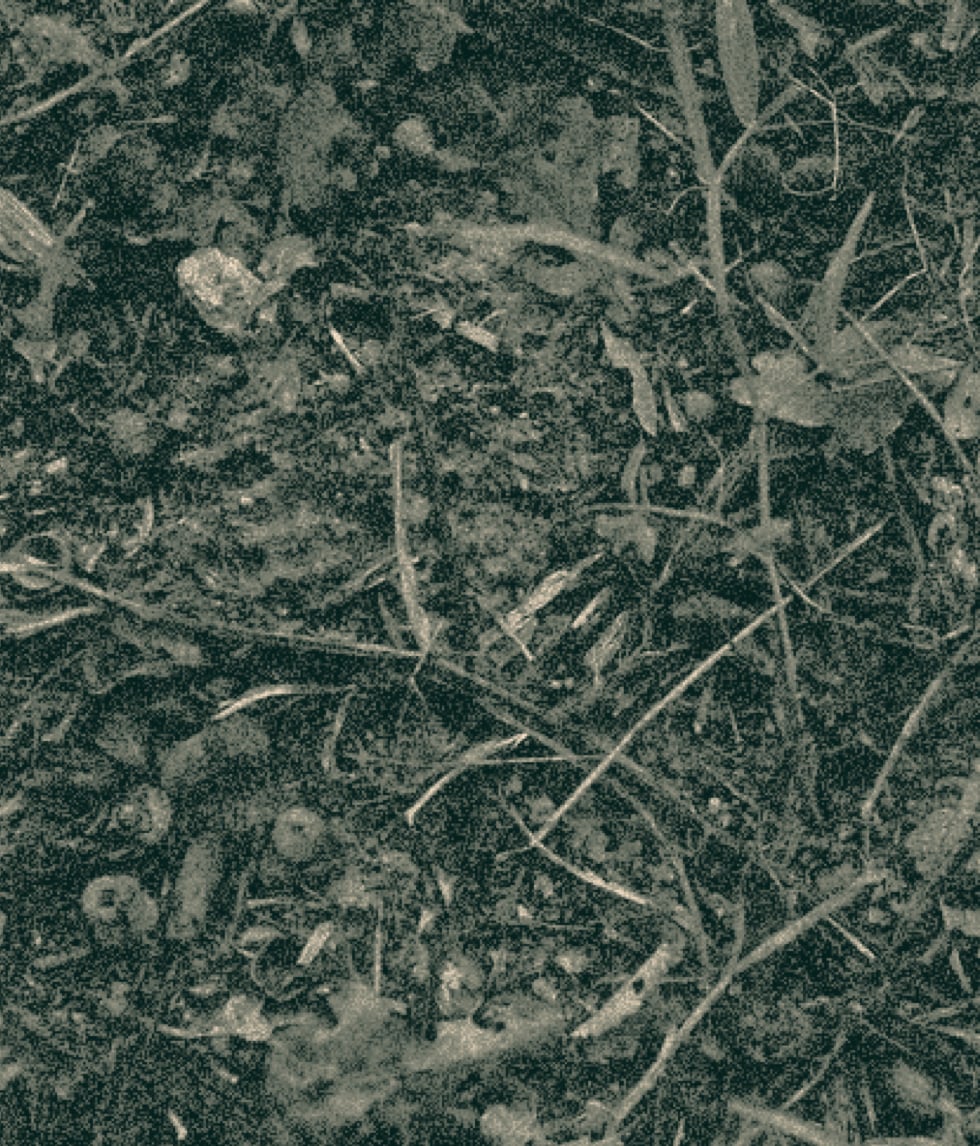
The Boca DOC, one of the smallest appellations in the Alto Piemonte, encompasses only twelve hectares spread over five villages (Boca, Maggiora, Cavallino, Prato Sesia, Grignasco) and split amongst eleven different vineyard owners.
The Boca DOC, one of the smallest appellations in the Alto Piemonte, encompasses only twelve hectares spread over five villages (Boca, Maggiora, Cavallino, Prato Sesia, Grignasco) and split amongst eleven different vineyard owners. While Nebbiolo is the principal grape, Vespolina and Uva Rara are integral parts of the DOC as well. The soils are composed of limestone, clay and sand, similar in profile to Gattinara, which is a short 10km drive to the southwest. However, Boca has a distinctly different structure from its neighbor, Gattinara, more elegant and less masculine. The Boca DOC requires that the wines must be aged three years prior to release. The Conti wines have proven themselves to be particularly age-worthy, as evidenced by a series of older vintages (dating back to 1984) that we have had the pleasure to present alongside the current releases (2007 and 2008 vintages at the time of the publication [October 2013] of this profile).
